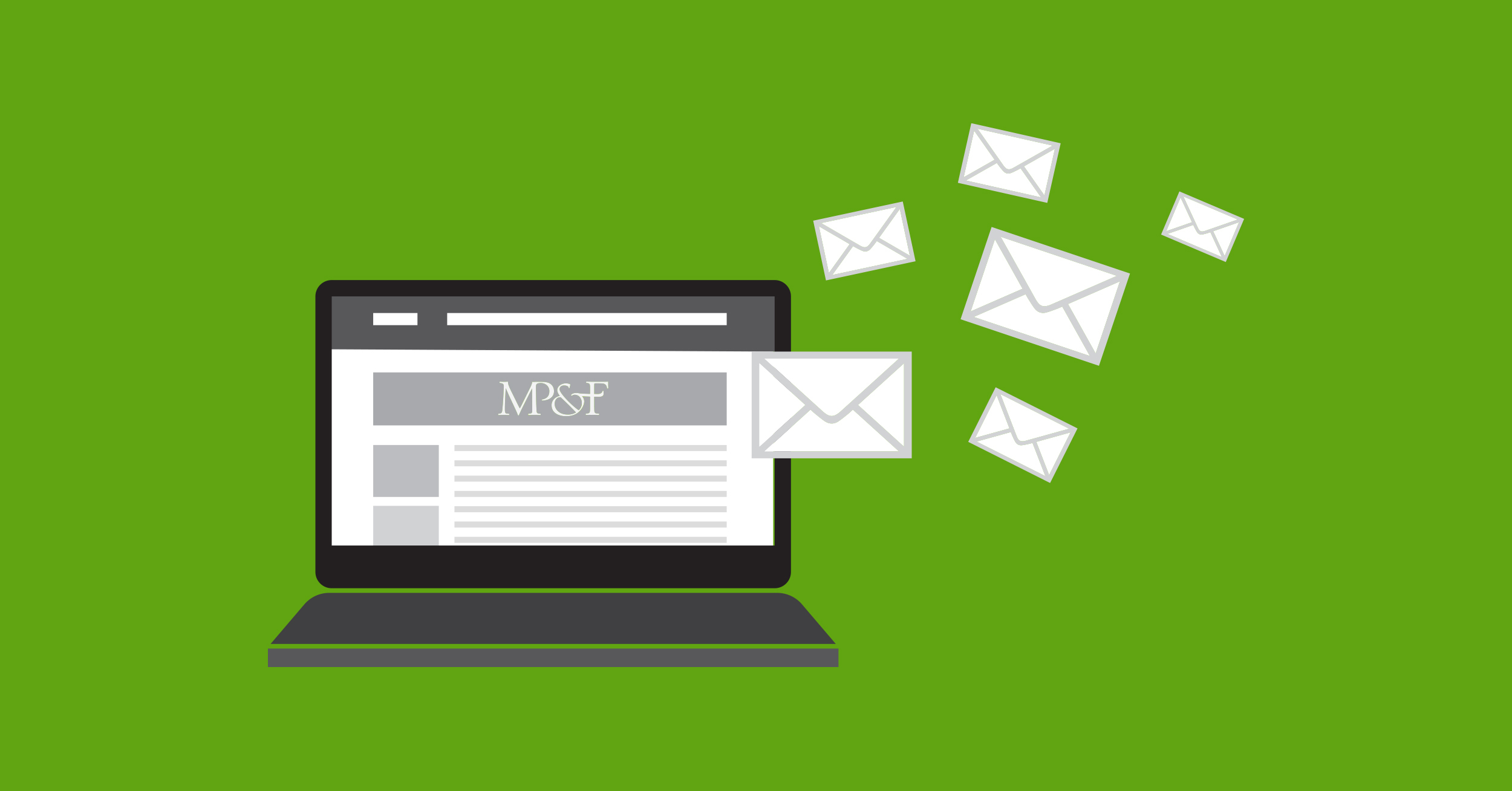
Chances are there are a few unread marketing emails and companywide blasts in your inbox right now. Some you’ll click on immediately, maybe even read all the way through. And some will be an immediate Shift + Delete.
What makes the difference when it comes to good email and bad?
An election season, the COVID-19 pandemic and now the holidays give us a lot of examples of both types.
Here are a few ways to stand out from the crowd — in a good way.
Would You Open This?
The subject line is arguably the most important part of an email, but it’s often an afterthought. Compelling subject lines are short and punchy and clearly indicate why this email is worth opening. Take it one step further and use an email service provider that allows you to split-test different subject lines on the same email.
Thoughtful To and From
Who sends the email is important. A companywide email from the CEO means something different than the same message coming from the IT director. Make an email to many people more personal by including your name in the salutation line.
Crisp Copywriting, Helpful Design
Great emails have a point of view and a clear voice. They’re quick, helpful, clever. They’re actionable. And they use design to educate and inspire, while drawing readers to what’s most important to them. Great emails are a seamless extension of your organization’s brand.
Tell Me What To Do Next
What’s the most important word to remember from that last section? Actionable. Call recipients to action and be specific about what they can expect when they click. For example: Learn more, sign up, donate, make a purchase, take a tour, apply now, visit today, or join the team.
Smart Segmentation
Internal communications or external marketing emails – all are written to various audience groups based on interest and need. The hard part is managing your email database to know which groups should get which emails. When you allow recipients to self-segment upon signing up for communications, and check in with periodic surveys embedded in your emails, you’ll much more effectively reach the right groups at the right time.
Plan Your Send Date and Time
The day and time you send an email are almost as important as what’s in it. Several email marketing companies collect annual data across industries showing the best days of the month to send different types of emails. Consult these sources when deciding what date to send. Your own email service provider also likely collects data on your audiences’ preferences for send times based on when people are most likely to open your emails. Use that data when you schedule your emails in advance.
Quality User Experience
Nothing is more frustrating than opening an email to find rows of empty boxes, or text and images that are too large or too small to read. Make sure emails render properly on various devices, including desktop, mobile and tablet. Use a tool like Litmus to check them in different email clients (Outlook, Gmail, Apple Mail) and in common browsers (Chrome, Firefox, Internet Explorer). Make sure alt text is included with all images and graphics in case those don’t load right away or at all.
Most email service providers have resources to help check for UX (user experience) and compatibility. You’ll thank yourself for taking the time to test.
Give an Exit Strategy
Even the best email programs aren’t for everyone. Always offer people an easy opt-out. It’s the right thing to do, and it’s also federal law.
